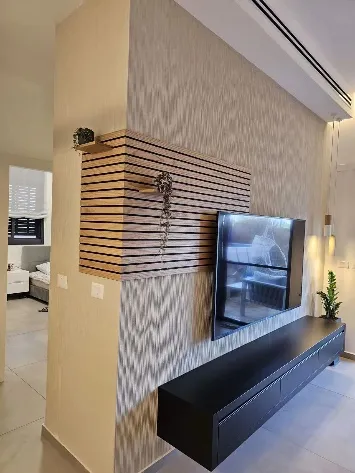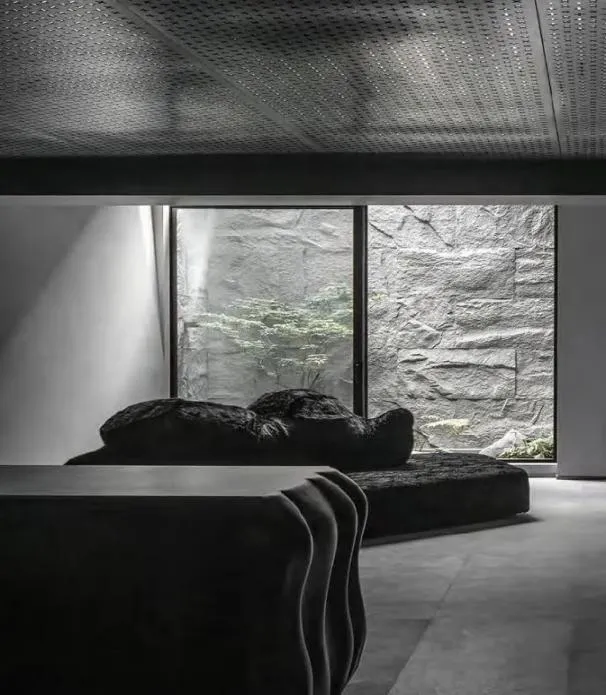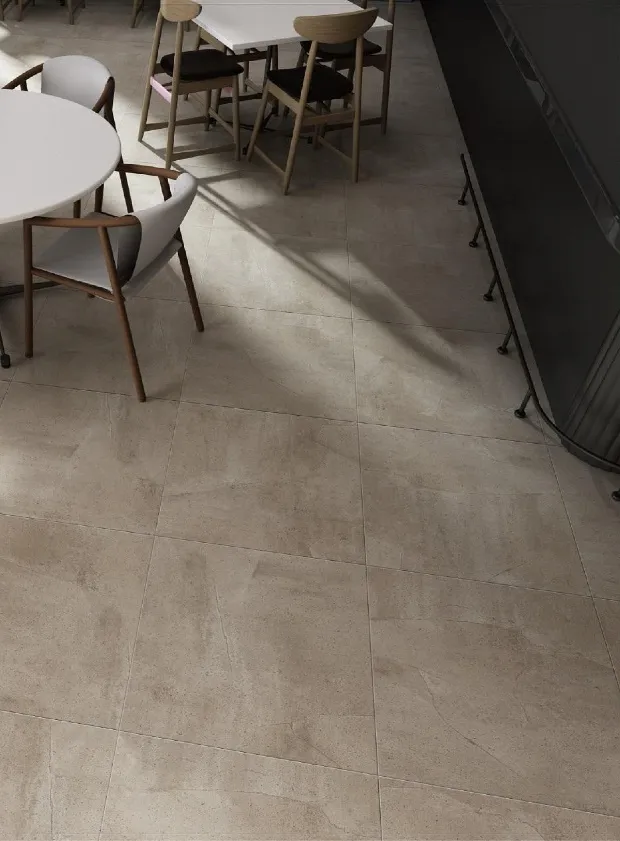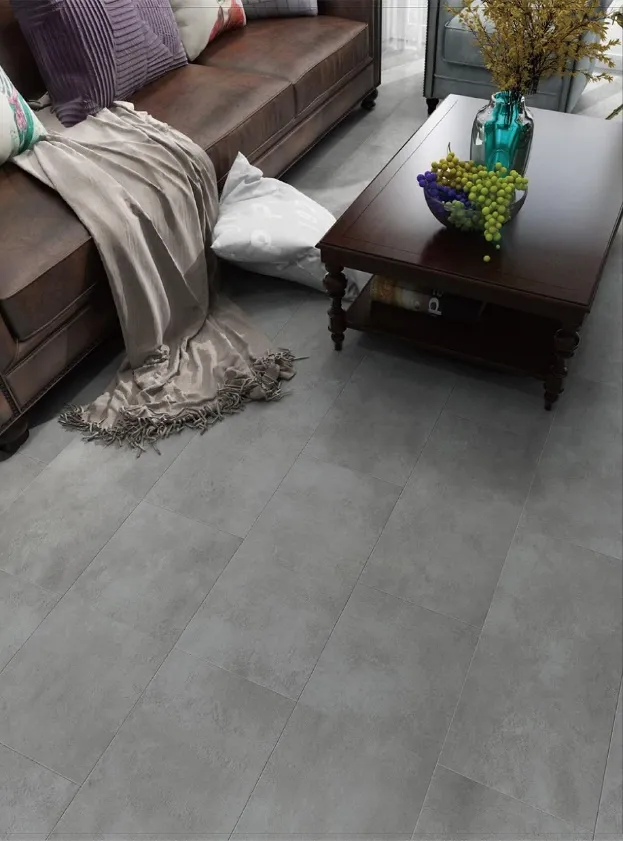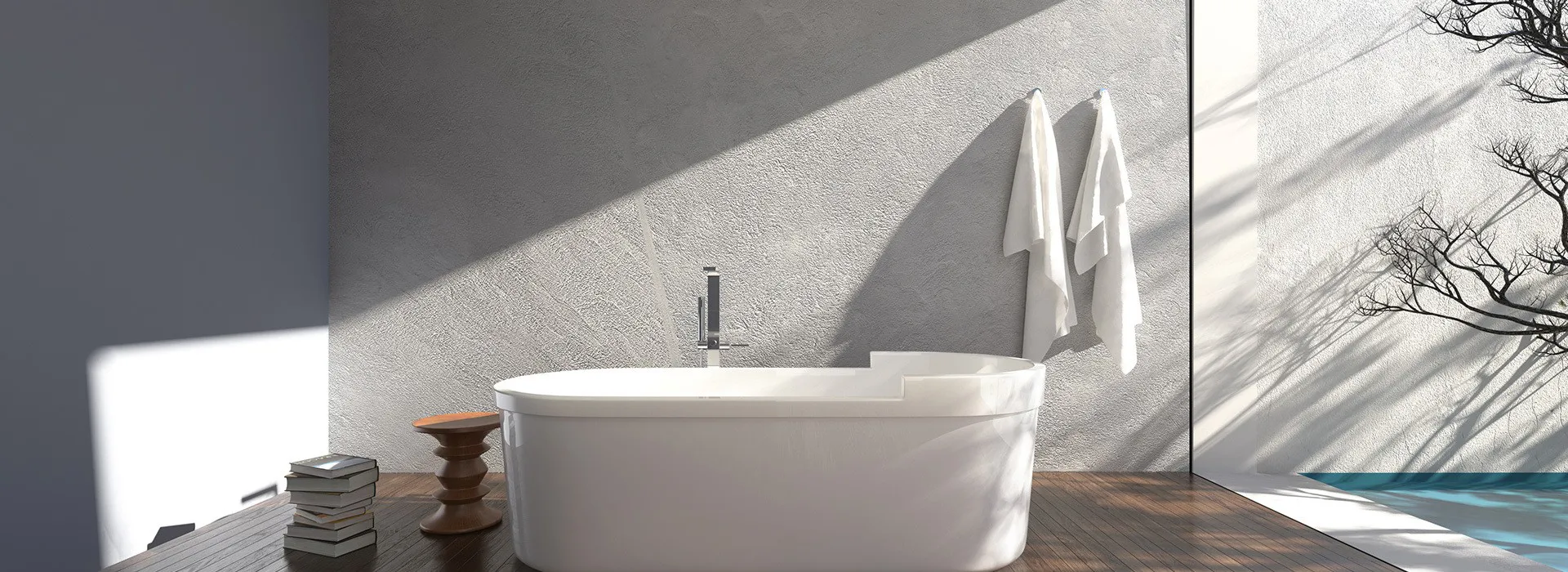
Rigid vs Flexible Pipes Fittings: Comparing Installation & Performance
The Backbone of Construction: Why Pipe Fittings Matter More Than You Think
In the world of construction, whether you're building a cozy home, a bustling commercial complex, or a state-of-the-art hospital, there's one element that often flies under the radar but holds everything together: pipe fittings. These unassuming components are the silent workhorses, ensuring water flows seamlessly, gases are transported safely, and waste is disposed of efficiently. But here's the thing: not all pipe fittings are created equal. Walk into any hardware store or chat with a seasoned pipes fittings supplier, and you'll quickly realize the age-old debate: rigid vs flexible. Which one is better? The answer, as with most construction dilemmas, isn't black and white—it depends on the project, the environment, and the specific needs of the space.
For contractors, architects, and even DIY enthusiasts, choosing between rigid and flexible pipe fittings can feel like solving a puzzle. A misstep here could lead to leaky pipes, delayed timelines, or skyrocketing maintenance costs down the line. That's why we're diving deep into this topic today—breaking down the installation processes, performance metrics, and real-world applications of both rigid and flexible options. By the end, you'll have a clear roadmap to decide which type aligns with your project's goals, whether you're sourcing from a pvc dwv pipe supplier for a residential plumbing job or a pex pipe and fitting supplier for a commercial HVAC system.
Defining the Contenders: What Are Rigid and Flexible Pipe Fittings?
Before we jump into comparisons, let's get clear on what we're actually talking about. Rigid pipe fittings are exactly what they sound like—stiff, inflexible components made from materials like PVC (polyvinyl chloride), uPVC (unplasticized PVC), or metal. They're designed to maintain their shape, even under pressure, making them ideal for straight runs and structural stability. On the flip side, flexible pipe fittings, often crafted from materials like PPR (polypropylene random copolymer), PEX (cross-linked polyethylene), or rubber, bend and adapt to tight spaces, offering versatility that rigid options can't match.
Rigid Pipe Fittings: The "No-Nonsense" Option
Rigid fittings have been a staple in construction for decades, and for good reason. Think of them as the "old reliable" of the pipe world. Common types include PVC DWV (Drain-Waste-Vent) pipes, uPVC pipes, and galvanized steel. A reputable upvc pipe supplier will often highlight the material's rigidity as a selling point—its ability to withstand heavy loads, resist bending, and maintain structural integrity over long, straight runs. These fittings are typically joined using solvent cement (for PVC) or threaded connections (for metal), creating a fixed, immovable system.
Flexible Pipe Fittings: The Adaptable Underdogs
Flexible fittings, by contrast, are the chameleons of the pipe family. Made from materials that can bend without cracking, they're designed to navigate around obstacles, tight corners, and uneven surfaces. Take PPR (polypropylene random copolymer) pipes, for example—ask any ppr pipe and fitting supplier, and they'll tell you these fittings are prized for their flexibility and heat resistance, making them a favorite in hot water systems. Then there's PEX (cross-linked polyethylene), a material so flexible it can be bent by hand, eliminating the need for elbow fittings in many cases. A pex pipe and fitting supplier might even demonstrate how easily their products snake through wall cavities or under floorboards, a feat that would leave rigid fittings scratching their heads (if they had heads, of course).
Installation Showdown: Rigid vs Flexible in the Field
Installation is where the rubber meets the road (or rather, the pipe meets the wall). For contractors, time is money, and the ease of installing pipe fittings can make or break a project timeline. Let's break down how rigid and flexible options stack up in real-world installation scenarios.
Rigid Pipe Fittings: Precision Required, Patience Rewarded
Installing rigid pipe fittings is a bit like putting together a complex puzzle—every piece has to fit exactly right, and there's little room for error. Take PVC DWV pipes, a go-to for drain systems. A pvc dwv pipe supplier will emphasize that these pipes require precise measurements, clean cuts, and careful alignment. Why? Because rigid materials don't bend, so even a slight misalignment can lead to leaks or weak joints. To install them, you'll need tools like a hacksaw or pipe cutter for straight, clean edges, followed by a deburring tool to smooth out rough spots. Then comes the solvent cement: apply it evenly to both the pipe and the fitting, push them together with a twist, and hold for 30 seconds to ensure a tight bond. It sounds straightforward, but in practice, this process demands patience—rushing the drying time (which can take up to 24 hours for full curing) is a recipe for disaster.
Another challenge with rigid fittings is space. In tight areas—say, a basement with low ceilings or a wall cavity crammed with electrical wires—maneuvering a 10-foot rigid pipe can feel like trying to thread a needle with a sledgehammer. Contractors often end up making more cuts than planned, adding extra fittings (and cost) to navigate obstacles. That said, when installed correctly, rigid fittings shine in straight runs. A long stretch of uPVC pipe, sourced from a reliable upvc pipe supplier, will stay perfectly aligned for decades, requiring minimal adjustments over time.
Flexible Pipe Fittings: Speed, Adaptability, and Less Headache
Flexible fittings, on the other hand, are all about adaptability. Let's take PEX pipes as an example. A pex pipe and fitting supplier will likely brag about how these pipes can be installed up to 30% faster than rigid alternatives. Why? Because they bend. Need to navigate around a floor joist? Simply curve the PEX pipe—no elbow fitting required. Working in a tight crawl space? Coil the pipe up and feed it through with one hand. The installation process is also more forgiving: PEX fittings use crimp rings or push-to-connect systems, which require less precision than solvent cement. With crimp rings, you slide the ring over the pipe, insert the fitting, and use a crimp tool to squeeze the ring tight. Push-to-connect fittings are even easier—just push the pipe into the fitting until it clicks, and you're done. No waiting for cement to dry, no messy cleanup.
PPR pipes, another flexible option, offer similar advantages. A ppr pipe and fitting supplier will note that these pipes use heat fusion for joining, which is faster than solvent cement and creates a seamless, leak-proof bond. The heat fusion tool melts the ends of the pipe and fitting, which are then pressed together to form a single, solid piece. It's a quick process—most joints take less than a minute to cool—and the result is a joint that's as strong as the pipe itself. For contractors working on tight deadlines, this speed can be a game-changer.
The Verdict on Installation: Flexible Takes the Lead (But Rigid Has Its Place)
When it comes to installation speed and ease, flexible pipe fittings are hard to beat—especially in spaces with obstacles or tight corners. They require fewer tools, less labor, and less room for error. But rigid fittings aren't obsolete. In straight runs with plenty of space, they can be installed efficiently, and their rigidity ensures they stay aligned over time. For example, a commercial building with long, straight water lines might still opt for uPVC pipes from a trusted upvc pipe supplier, as they're cost-effective and reliable in those scenarios.
Performance: How Do They Hold Up Over Time?
Installation is just the first chapter. The real test of pipe fittings is how they perform over years (or decades) of use. Durability, resistance to wear and tear, and maintenance needs are critical factors that every pipes fittings supplier considers when recommending products. Let's dive into the performance metrics that matter most.
Durability: Rigid's Stiffness as a Strength, Flexible's Resilience as a Superpower
Rigid pipe fittings are often praised for their durability—their stiffness makes them resistant to physical damage, like crushing or kinking. uPVC pipes, for instance, are known to withstand heavy loads, making them ideal for underground installations or areas where pipes might be exposed to foot traffic. A reputable upvc pipe supplier will often provide test data showing that uPVC can handle up to 200 psi of pressure, making it suitable for both residential and commercial water systems. PVC DWV pipes, too, are built to last, with a lifespan of 50-70 years when installed properly—no small feat for a material that's been around since the 1950s.
Flexible fittings, however, have a different kind of durability: resilience. PEX pipes, for example, can expand up to three times their diameter when frozen, then shrink back to size without cracking—a feature that makes them a favorite in cold climates. A pex pipe and fitting supplier will highlight this freeze resistance, noting that rigid pipes like PVC are prone to cracking if water inside freezes, leading to costly repairs. PPR pipes also excel in durability, with a lifespan of 50+ years and resistance to corrosion, scaling, and chemical degradation. They're often used in hot water systems, as they can handle temperatures up to 95°C (203°F) without weakening—a trait that rigid metal pipes (like copper) sometimes struggle with over time.
Pressure and Temperature Resistance: Matching the Material to the Job
Different applications demand different levels of pressure and temperature resistance. For high-pressure systems—like commercial sprinkler systems or industrial fluid transport—rigid fittings often come out on top. uPVC pipes, for example, are designed to handle high pressure, with some grades rated for up to 300 psi. A upvc pipe supplier will emphasize that this makes them suitable for municipal water mains or fire suppression systems, where failure is not an option.
Flexible fittings, while not as strong in high-pressure scenarios, excel in moderate-pressure, high-temperature environments. PPR pipes, for instance, are commonly used in residential and commercial hot water systems, as they maintain their strength even when exposed to constant heat. A ppr pipe and fitting supplier might explain that PPR has a lower thermal conductivity than metal, meaning it retains heat better and reduces energy loss—a bonus for eco-friendly buildings. PEX pipes, too, handle temperature fluctuations well, with most rated for continuous use at 73°C (163°F) and short-term use up to 93°C (200°F), making them ideal for radiant floor heating systems.
Maintenance: Rigid's Low-Maintenance Rep, Flexible's "Set It and Forget It" Appeal
When it comes to maintenance, both rigid and flexible pipe fittings are relatively low-maintenance compared to older materials like galvanized steel (which is prone to rust) or copper (which can develop pinhole leaks). However, there are subtle differences. Rigid PVC pipes, for example, are smooth on the inside, which reduces the buildup of scale and sediment—meaning they require less cleaning over time. A pvc dwv pipe supplier will note that this is a big advantage for drain systems, where clogs can be a major headache. Similarly, uPVC pipes are resistant to chemical corrosion, so they're less likely to degrade when exposed to cleaning agents or harsh water.
Flexible fittings like PEX and PPR also require minimal maintenance, but their flexibility adds an extra layer of durability. Because they can bend, they're less likely to crack under stress from ground movement (a common issue in areas with shifting soil). This resilience means fewer repairs over time, which is a big plus for homeowners or building managers looking to avoid costly maintenance bills. A pex pipe and fitting supplier might even share stories of PEX pipes surviving earthquakes or foundation shifts that would have shattered rigid pipes.
A Side-by-Side Comparison: Rigid vs Flexible at a Glance
| Feature | Rigid Pipe Fittings (e.g., PVC DWV, uPVC) | Flexible Pipe Fittings (e.g., PPR, PEX) |
|---|---|---|
| Installation Time | Longer (requires precise cuts, drying time for cement) | Shorter (bends easily, faster joining methods) |
| Space Requirements | Needs more space (no bending around obstacles) | Works in tight spaces (bends around corners/joists) |
| Durability | High rigidity resists crushing; prone to cracking if frozen | Flexible resists freezing; less prone to cracking under stress |
| Pressure Resistance | Excellent for high pressure (up to 300 psi for uPVC) | Good for moderate pressure (up to 160 psi for PEX) |
| Temperature Resistance | Moderate (PVC melts at high temps; uPVC better for cold) | High (PPR handles 95°C; PEX handles 93°C short-term) |
| Maintenance | Low (smooth interior reduces clogs; chemical resistant) | Very low (flexibility resists ground movement; no scale buildup) |
| Best For | Straight runs, high-pressure systems, drain lines | Tight spaces, hot water systems, radiant heating, cold climates |
Applications: Where to Use Rigid vs Flexible Pipe Fittings
Now that we've compared installation and performance, let's talk about real-world applications. The choice between rigid and flexible often comes down to the specific needs of the project. Here are some common scenarios and which type of fitting works best.
Residential Plumbing: Flexible Takes the Crown for Modern Homes
In modern homes, where space is often at a premium, flexible pipe fittings are increasingly the go-to choice. PEX pipes, in particular, have become a favorite among homeowners and contractors alike. A pex pipe and fitting supplier will explain that PEX is perfect for retrofits, as it can be fed through existing walls without tearing them open. It's also ideal for radiant floor heating systems, where its flexibility allows it to snake under floors and distribute heat evenly. PPR pipes are another popular option for residential hot water lines, thanks to their heat resistance and easy installation. For drain lines, however, rigid PVC DWV pipes still reign supreme—their smooth interior and rigidity make them efficient at moving waste, and a pvc dwv pipe supplier can provide affordable, durable options for home use.
Commercial Construction: Balancing Speed and Reliability
Commercial projects, like office buildings or shopping malls, often require a mix of rigid and flexible pipe fittings. For large-scale water distribution systems with long, straight runs, uPVC pipes from a trusted upvc pipe supplier are a cost-effective choice—they're durable, easy to source, and handle high pressure well. But in areas with complex layouts, like HVAC systems or tenant spaces with unique plumbing needs, flexible fittings shine. PPR pipes, for example, are used in commercial kitchens for hot water lines, where their heat resistance and fast installation help keep projects on track. Similarly, PEX is often used in multi-story buildings for its ability to bend around elevator shafts and structural beams, reducing the need for extra fittings.
Industrial Settings: Rigid for High-Pressure, Flexible for Chemical Resistance
Industrial environments are where pipe fittings face their toughest tests—think chemical plants, factories, and refineries. Here, rigid pipe fittings often take center stage, especially for high-pressure, high-temperature applications. uPVC pipes are resistant to many chemicals, making them suitable for transporting acids or alkalis, while metal rigid fittings (like stainless steel) are used for extreme pressure. However, flexible fittings have their place too. PPR pipes, for example, are used in food processing plants due to their non-toxic, corrosion-resistant properties, and a ppr pipe and fitting supplier can provide FDA-approved options for these sensitive applications. PEX, while less common in industrial settings, is used in some manufacturing processes for its ability to handle temperature fluctuations without cracking.
Choosing the Right Supplier: Why Partnership Matters
At the end of the day, even the best pipe fittings are only as good as the supplier you choose. Whether you're in the market for rigid uPVC pipes or flexible PEX fittings, partnering with a reputable supplier can make all the difference. A reliable pipes fittings supplier will not only provide high-quality products but also offer expertise and support—helping you choose the right materials for your project, providing technical guidance on installation, and standing behind their products with warranties.
For example, a ppr pipe and fitting supplier that specializes in residential plumbing will understand the unique needs of home builders, offering smaller quantities and detailed installation guides. A upvc pipe supplier focusing on commercial projects, on the other hand, might provide bulk pricing and on-site support for large-scale installations. The key is to find a supplier who listens to your needs and has a track record of delivering consistent, high-quality products.
Final Thoughts: It's Not About Rigid vs Flexible—It's About What Works for You
The rigid vs flexible pipe fittings debate isn't about declaring a winner; it's about understanding the strengths and weaknesses of each and choosing the right tool for the job. Flexible fittings excel in tight spaces, fast installations, and environments with temperature or movement challenges. Rigid fittings shine in straight runs, high-pressure systems, and applications where structural stability is key. And in many cases, the best solution is a mix of both—rigid for the main lines, flexible for the tricky corners.
So, the next time you're planning a project, take the time to assess your needs: What's the layout of the space? What pressures and temperatures will the pipes face? What's your timeline and budget? Then, partner with a trusted supplier—whether it's a pvc dwv pipe supplier for your drains, a pex pipe and fitting supplier for your hot water lines, or an upvc pipe supplier for your main water system—and work together to create a system that's built to last.
After all, in construction, success isn't about choosing between rigid and flexible. It's about choosing wisely—and building something that stands the test of time.
Tags:
Recommend Products


